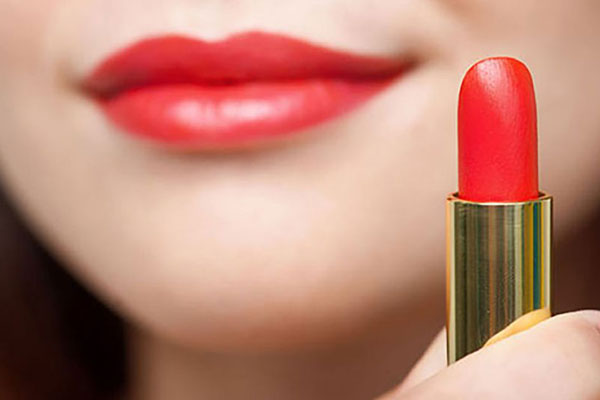 Sitting on the white sands of a Florida beach during a recent visit, I began to reflect on silica and silicates and their versatility in personal care products. The association, stemming of course, from the fact that the most common constituent of sand is silica, which is usually in the form of quartz.
Sitting on the white sands of a Florida beach during a recent visit, I began to reflect on silica and silicates and their versatility in personal care products. The association, stemming of course, from the fact that the most common constituent of sand is silica, which is usually in the form of quartz.
Silica, chemical formula SiO2 or silicon dioxide, can exist in crystalline or amorphous forms and can be natural or manufactured.1 Almost all of the silica used in contemporary cosmetic formulations are of the synthetic variety, and their properties are dependent on the method of manufacture. For example, Pyrogenic silicas, which can be identified by various INCI names – Silica, Fumed Silica, Silica dimethyl silylate and Silica silylate – are produced by a combustion process that results in spherical particles of nanometric size.1
Silica is a multifunctional ingredient that has found extensive use in cosmetic formulations. It is used, for example, as:
- Opacifying, bulking, suspending and anti-caking agents
- Absorbents
- Abrasives/exfoliants
- Flow agents for powders
- Gellant for anhydrous oils and systems
Loose and pressed powders, toothpastes, lipsticks and sunscreens are but a few of the product forms that benefit from inclusion of silica in their formulations.
Simply defined, a silicate is a salt derived from silica (SiO2).1 Silicates can be derived from naturally occurring minerals, but they can also be produced synthetically. There are many families of silicates, but only a select few are routinely selected for use in personal care products. The determination to use one or another silicate type is based on its specific properties and how they might benefit a given formulation. Generally, silicates are known to be effective absorbents, anti-caking and opacifying agents, viscosity and slip modifiers. Within these broad categories, the formulator can further narrow their selections based on the intended end-use. For example, particle size and distribution are specifications that would be important considerations for some applications. Some commonly used silicates in personal care are:
Talc:
A natural clay mineral composed of hydrated magnesium silicate. It has excellent absorbent properties, is used in a wide range of products and is the key ingredient in loose and pressed powders.
Magnesium Aluminum Silicate:
Derived from silicate ores of smectite clay. Useful for stabilizing emulsions and suspensions within a wide pH range.
Kaolin Clay:
An anhydrous aluminum silicate, typically used in clay masks because it is effective at removing oil and impurities from the skin.
References:
1. Silicon and beauty 2: Silica and Silicates in formulation
The views, opinions and technical analyses presented here are those of the author or advertiser, and are not necessarily those of ULProspector.com or UL Solutions. The appearance of this content in the UL Prospector Knowledge Center does not constitute an endorsement by UL Solutions or its affiliates.
All content is subject to copyright and may not be reproduced without prior authorization from UL Solutions or the content author.
The content has been made available for informational and educational purposes only. While the editors of this site may verify the accuracy of its content from time to time, we assume no responsibility for errors made by the author, editorial staff or any other contributor.
UL Solutions does not make any representations or warranties with respect to the accuracy, applicability, fitness or completeness of the content. UL Solutions does not warrant the performance, effectiveness or applicability of sites listed or linked to in any content.


